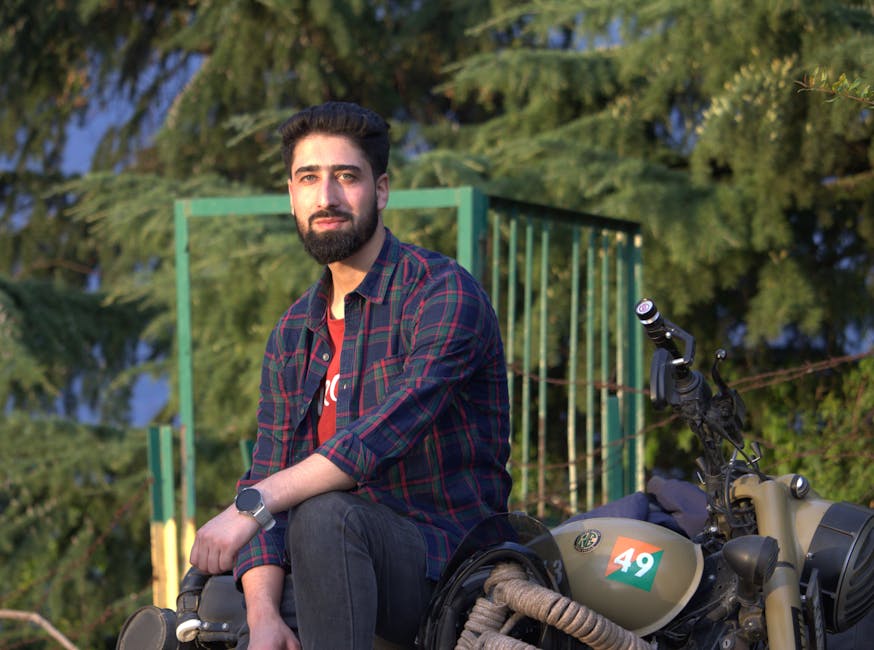Delhi’s Cloud Seeding Plan: A Solution for Toxic Air?
Delhi, India’s capital, faces extreme air pollution every winter, with AQI levels reaching hazardous heights. This year, the government is testing cloud seeding—a technique to artificially induce rain and clear pollutants. But is it a breakthrough or a gamble?
The Good: Potential Benefits of Artificial Rain
- Temporary Pollution Relief: Rain could wash away PM2.5 and other pollutants, improving air quality.
- Proven Elsewhere: Countries like China and the UAE have used cloud seeding for events and drought relief.
- Emergency Measure: With smog towers and odd-even schemes failing, cloud seeding offers a rapid, if short-term, fix.
The Bad: Challenges and Uncertainties
- Weather Dependence: Requires moisture-rich clouds, which are scarce in Delhi’s dry winters.
- High Costs: Deploying aircraft and chemicals is expensive—funds might be better spent on long-term fixes.
- Environmental Risks: Could disrupt natural rainfall patterns, affecting agriculture in neighboring states.
The Risks: What If It Rains Too Much?
- Flooding: Delhi’s poor drainage could lead to waterlogging and infrastructure damage.
- Political Tensions: Neighboring states may blame Delhi for “stealing” their rain, harming crops.
- Unintended Consequences: Overuse might deplete clouds, worsening droughts elsewhere.
Long-Term Solutions vs. Quick Fixes
While cloud seeding may help, sustainable measures are critical:
– Stricter industrial and vehicular emission controls.
– Incentives for farmers to stop stubble burning.
– Investment in renewable energy and public transport.
Conclusion: A Bold but Uncertain Move
Delhi’s cloud seeding experiment is a high-risk, high-reward strategy. Success could inspire other cities, but failure—or excessive rain—might create new problems. The real fix lies in systemic change, not just artificial rain.
What do you think? Should Delhi pursue cloud seeding or focus on greener policies? Share your views!




